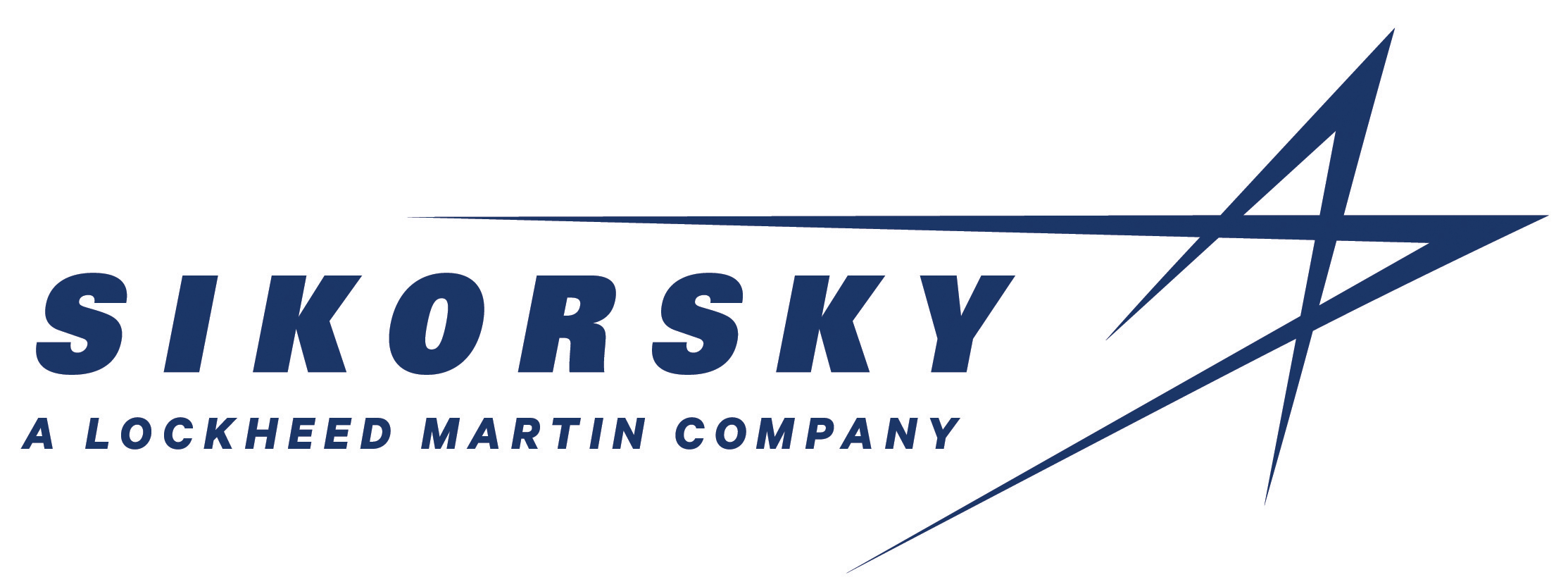

This video contains proprietary information and cannot be shared publicly at this time.
Team 18
Team Members |
Faculty Advisor |
Simon Yocis |
Shan Zuo Sponsor Sikorsky Aircraft Corporation |
sponsored by

Radar Altitude Hold for Helicopter Flight Controls
In the operation of conventional helicopters, pilot workload is an important engineering concern. The US FAA defines workload as “the relationship between an individual’s capacity to perform a task (mental and/or physical) and the level of system and situational demands associated with the performance of that task.” Undoubtedly, the greater the workload the pilot must endure, the less ability they have to react to unanticipated disturbances. Modern flight control system design philosophies desire to gain greater control over the aircraft motion, while simultaneously reducing pilot workload. To that end, flight director systems are becoming more and more essential. Selectable flight director modes allow pilots to vary the amount of software-assisted flight control as desirable for the mission at hand. In this project, students will utilize the open-source flight control software PX4, implemented from within Simulink, to add a new mode to the flight control software. Commercial-off-the-shelf drones utilize altitude from GPS sensors or onboard barometric altitude sensors. The students will purchase a COTS drone, as well as a radar altimeter. This additional sensor will be integrated into the existing drone hardware. Simulink will be utilized to implement a new flight control mode for radalt hold: maintaining altitude measured by the radar altimeter during flight. This flight mode and hardware addition will need to be thoroughly validated at multiple levels of test coverage. Utilizing open-source software, the design can be fully verified software-in-the-loop on desktop drone simulation software. Once a build is qualified for flight, the team will utilize a commercial off the shelf drone employing a PixHawk 4, to fly the new build of their software on real hardware.
